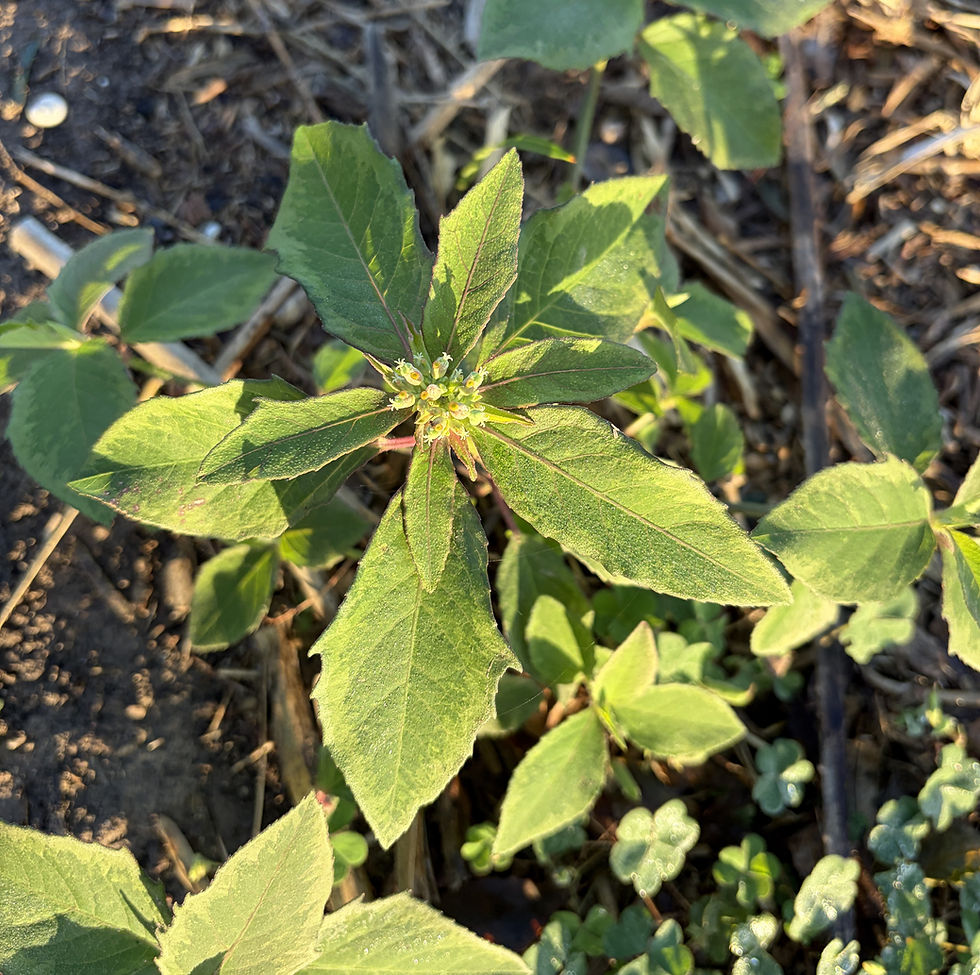Social Distancing Activities
- Joseph Connors

- Mar 21, 2020
- 3 min read
Updated: Dec 8, 2020
During this crisis, those of us who aren't in essential jobs are stuck at home. There are many ways you can still contribute as a Texas Master Naturalist. You can volunteer by participating in Citizen Science in your yard, neighborhood, or at one of the nature parks with Apps such as iNaturalist, eBird, Journey North, and other Citizen Science Programs -- these activities count as volunteer time. Even without going outside, you can help people identify existing observations. Personally, I am staying at home as much as possible. I did a little mothing last night in my backyard. But some people really need to get out for more nature exposure. Sunlight and wind is reportedly good at killing viruses, but still protect yourself and others with proper precautions and social distancing.
If you have a topic you’re really into, put together an article for our blog or the RGV Chapter's Newsletter. Or better yet, a presentation. We could use more topics for our chapter’s Speakers’ Bureau. Our members give a presentation at the McAllen Library monthly (under normal circumstances). Some of the presentations at our meetings are given by our members. I got talked into giving one of those last year on Creatures of the Night and now Jessica and I have presented it three times. It took a lot of work putting it together, but now it’s ready to go whenever and we have fun giving it.
Elisabeth and Anita Westervelt, from our sister chapter, with some input from other members, came up with a list of some ideas to get out into nature or find ways to continue volunteering.
Please see our Updated Guidelines. Effective December 9, 2020, only virtual volunteering is being allowed. Due to other recent changes many Citizen Science opportunities on your own property can no longer be counted. Originally posted March 21. Adjust as the situation and National, State, and County guidelines change.
· Go Birding! Just with a friend or two. If not immediate family, keep your distance and don't carpool. Stay out of crowds.
· Work on your own garden. This is a great time to plant and cultivate more native plants.
· One or two of you can work on the STBC-TMN Pollinator Garden at St. George's. Of course, don't come if you are feeling unwell in any way. Contact Elizabeth for work that needs to be done.
· Many local Nature Parks are still open. Go for a walk, hike, or bike where allowed. Just stay away from other people.
· Check out a park you’ve not yet been to and go with a friend or two. Take your own lunches and refreshments and plan for no access to restrooms.
· We all have that giant TMN Textbook, right? Maybe time to read it - or re-read it.
· Do online webinars appropriate to our TMN goals and purposes. We post links on Facebook as we come across them.
· Create an educational hand out for your Chapter’s activities. Ideas? Children’s Nature Activities, Native Plants. or Native Plant Edibles. Something Special that your Chapter is involved in: For example, the Vannie Cook Cancer Center 3 Phase Project.
· Some nature centers have materials or crafts used at educational events. Ask if you can pick up materials and assemble these at home.
· Another important activity is to pot up native plants that you find springing up in your yard, and tend them for future use at a plant sale, or to donate to nature centers, community butterfly gardens, or to add to the STBC-TMN pollinator garden.
· Time spent writing a Blog or Newsletter Article or designing a PowerPoint presentation, including researching information and rehearsing the presentation counts as volunteer hours. So does photographing, selecting, editing and writing captions for photos to accompany the article or presentation.
· Photographing, editing, identifying and uploading photos on iNaturalist and other Citizen Science Apps count as volunteer time under VMS’ FR: Citizen Science Programs.






